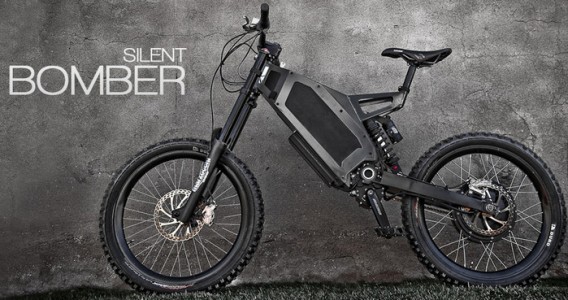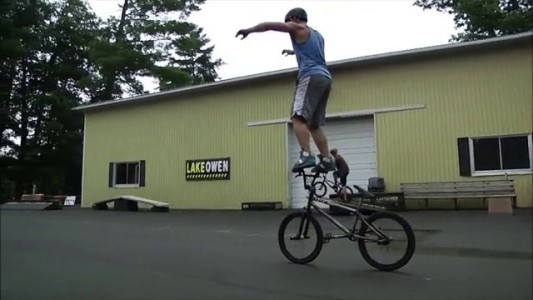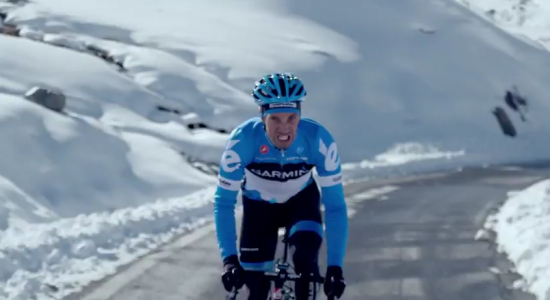How To Bike Safely On Wet Roads
Braking
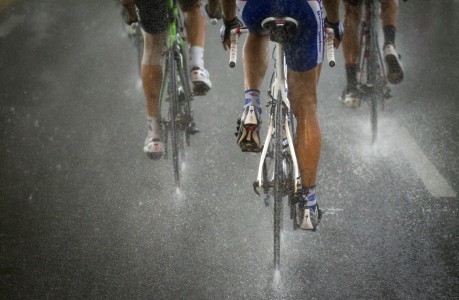 Braking on wet surfaces is much more dangerous than braking on dry surfaces and requires a bit of practice and skill. Most of your braking power is still in your front brake; however, apply to much pressure and you are sure to have a front wheel slip out. It is important to get a “feel” for your bike and know how much brake to apply front AND back. On wet surfaces I apply a little more even braking; approximately 60% front brake and 40% back brake depending on the conditions. The dryer the surface the more front brake you can apply.
Braking on wet surfaces is much more dangerous than braking on dry surfaces and requires a bit of practice and skill. Most of your braking power is still in your front brake; however, apply to much pressure and you are sure to have a front wheel slip out. It is important to get a “feel” for your bike and know how much brake to apply front AND back. On wet surfaces I apply a little more even braking; approximately 60% front brake and 40% back brake depending on the conditions. The dryer the surface the more front brake you can apply.
Since the surface is wet there is less traction, since there is less traction you need to start braking earlier not to mention that your braking is slowed even further because of the water on your rims. You will notice when you brake on wet roads that your brakes take a few seconds to “kick in” that is because there is water on your rims and your brake pads must clear it before you are able to get adequate friction on the rims.
One trick to better braking is actually shedding this water before you even want to start braking; this is done by gently squeezing the brake so that the brake pad caresses the rim and clears the water without slowing down.
When you are ready to brake apply more pressure on the front brake than the back, but not so much as to cause a front wheel slip out. You will get a better feel for this the more you practice. You will even get to a point where you can start to feel the front tire want to go on you and that is how you know to back off a little.
Turns
Don’t forget to brake much earlier than you are normally accustomed and make sure that you have slowed down enough so that you are not required to brake during the actual turn. Braking during the turn is one of the more common mistakes and I have seen a few people go down as a result.
Try to take the turn as wide as possible to cut down the angle as much as possible (straighter line = safer). Always look ahead at where you want to go and not at what you are trying to avoid. Keep in mind want kind of tires you have on, racing slicks in a turn can be disastrous at the same speed where a winter treaded tire can be safe.
Tire Pressure
Biking with a lower psi in your tube will allow greater traction as more of the tires surface area will be in contact with the road. I know most roadies jack up the psi as high as possible as they think it results in faster times, (not always true) but try and avoid this especially on a wet road. I reduce psi from my standard 105 psi to 95 psi in my tubes.
Any other tips? Leave a comment below:
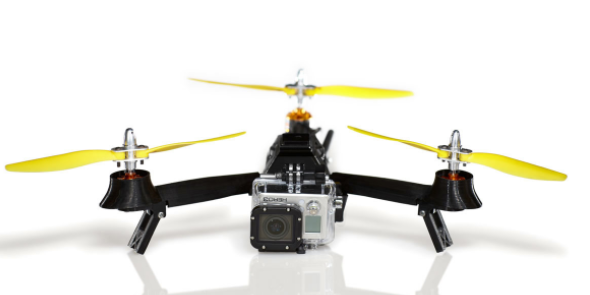
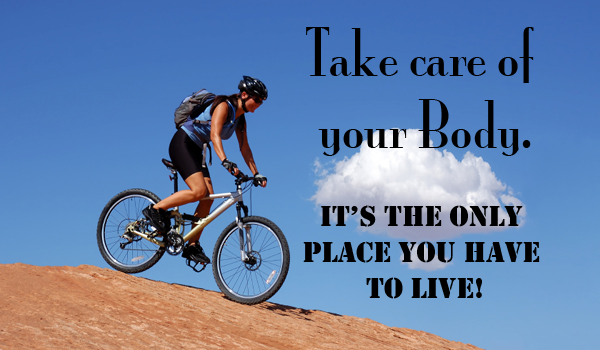 You are the engine. Fuel the engine properly and it will perform. Don’t… and… you will putter out.
You are the engine. Fuel the engine properly and it will perform. Don’t… and… you will putter out.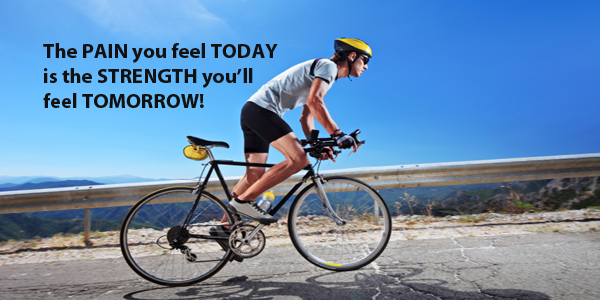 The principles of cycling training are fundamentally basic. Your goal is it overload and then allow for adaptation. Rinse and repeat.
The principles of cycling training are fundamentally basic. Your goal is it overload and then allow for adaptation. Rinse and repeat.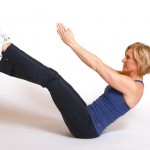
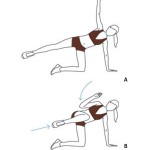
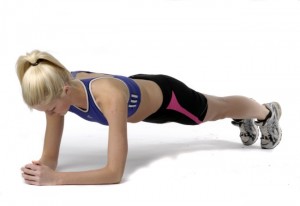
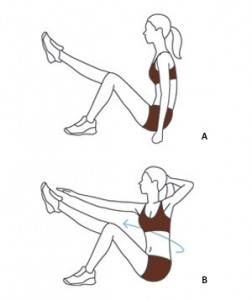
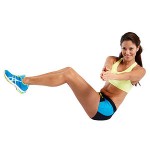
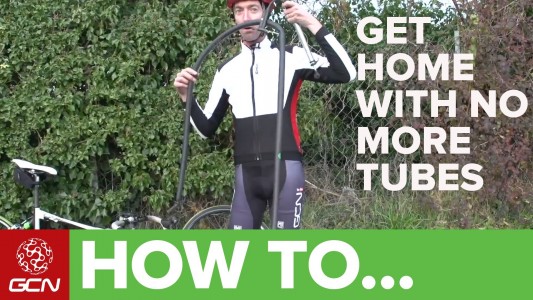
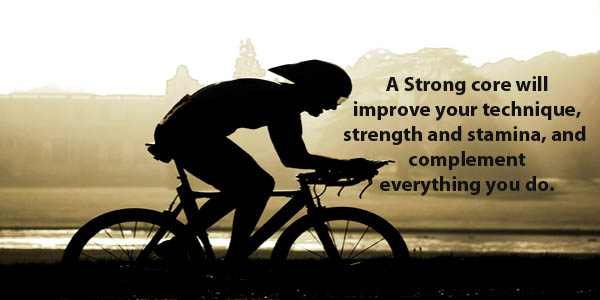 When we think of cycling, the first parts of the body we generally think of are legs. Yes, it’s fairly obvious that our legs are important to cycling, but what may not be so evident is the role that other parts of our bodies play in moving ourselves along on our two wheeled beauties, namely our core! If you are serious about cycling this year and you want to do more than ride at a gentle pace down a sunny road or trail then you really need to start strengthening your core!
When we think of cycling, the first parts of the body we generally think of are legs. Yes, it’s fairly obvious that our legs are important to cycling, but what may not be so evident is the role that other parts of our bodies play in moving ourselves along on our two wheeled beauties, namely our core! If you are serious about cycling this year and you want to do more than ride at a gentle pace down a sunny road or trail then you really need to start strengthening your core!